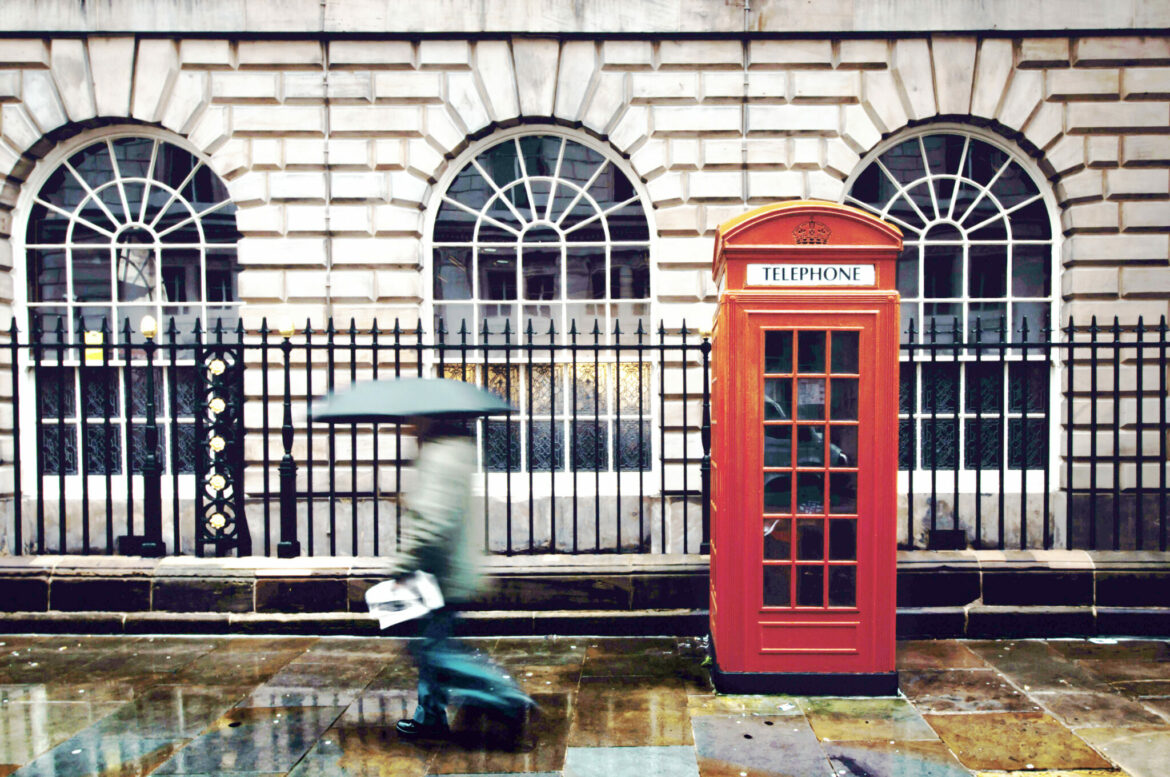About St. George's Hall
St. George's Hall is a historic building located in Liverpool, England. It was built in the mid-19th century and is considered one of the finest examples of neoclassical architecture in the United Kingdom. The hall serves as a venue for concerts, ceremonies, and other cultural events. Its grand facades, impressive columns, and intricate detailing make it a prominent landmark in the city. The interior features a Great Hall, which is often used for formal events and exhibitions. The Concert Room is another notable space within the hall, known for its exceptional acoustics and elegant decor. St. George's Hall is a must-visit destination for those interested in history, architecture, and the arts.
Interesting facts about St. George's Hall
- St. George's Hall is a Neoclassical building located in Liverpool, England.
- It was designed by architect Harvey Lonsdale Elmes and opened in 1854.
- The building is known for its impressive concert hall, which has hosted performances by famous artists and orchestras.
- St. George's Hall is considered one of the finest surviving examples of Neoclassical architecture in the UK.
- The Great Hall inside the building is known for its grand interior featuring Corinthian columns and a stunning Minton tiled floor.
- The Hall is a popular filming location and has been featured in movies and TV shows, including "Fantastic Beasts and Where to Find Them".
- It is also a popular venue for weddings, conferences, and other events.
- St. George's Hall is a Grade I listed building, recognizing its architectural and historical significance.
- The building underwent extensive restoration in the 2010s to preserve and enhance its beauty.
- Visitors can take guided tours of St. George's Hall to learn more about its history and architecture.
Frequently asked questions about St. George's Hall
1. Where is St. George's Hall located?
St. George's Hall is located in Liverpool, England.
2. When was St. George's Hall built?
St. George's Hall was built between 1841 and 1854.
3. What architectural style is St. George's Hall known for?
St. George's Hall is known for its neoclassical architecture.
4. What events are held at St. George's Hall?
St. George's Hall hosts various events including concerts, lectures, and weddings.
5. Is St. George's Hall open to the public?
Yes, St. George's Hall is open to the public for guided tours and events.
6. What is the Great Hall at St. George's Hall used for?
The Great Hall is used for ceremonies, concerts, and other large events.
7. What is the Minton Tiled Floor at St. George's Hall famous for?
The Minton Tiled Floor is famous for its intricate mosaic design.
8. Are there any guided tours available at St. George's Hall?
Yes, guided tours are available for visitors to explore the history and architecture of St. George's Hall.
9. What is the Heritage Centre at St. George's Hall?
The Heritage Centre showcases the history of St. George's Hall and Liverpool through exhibits and displays.
10. Can St. George's Hall be rented for private events?
Yes, St. George's Hall can be rented for private events such as weddings, conferences, and receptions.
What people love about St. George's Hall
Upon visiting St. George's Hall, it was quite an impressive sight. The grand architecture and intricate details of the building are truly remarkable. The historical significance of St. George's Hall is apparent in every corner of the structure. The various rooms within the hall are beautifully decorated and well-preserved. The ambiance of the place is quite enchanting and makes one feel like they have stepped back in time. The guided tours offered at St. George's Hall provide a deeper insight into its rich history and cultural importance. Overall, the experience of visiting St. George's Hall was truly memorable and highly recommended to anyone interested in history and architecture.
How to get to St. George's Hall
St. George's Hall is a beautiful historic building located in Liverpool, England. There are several ways to get to St. George's Hall depending on your starting point. Here are a few options:
1. **Public Transportation**: If you are arriving in Liverpool by train, you can easily reach St. George's Hall by using the Merseyrail network. The closest train stations to St. George's Hall are Lime Street Station and Liverpool Central Station. From either station, you can walk to St. George's Hall in about 10-15 minutes.
2. **Bus**: There are several bus routes that stop near St. George's Hall. You can check the local bus schedule and routes to find the most convenient option from your location.
3. **Taxi or Ride-Share**: Taxis and ride-sharing services like Uber are also popular and convenient options to get to St. George's Hall. Simply input the address of St. George's Hall into the app and you will be dropped off directly at the entrance.
4. **Walking**: If you are staying in the city center, you may choose to walk to St. George's Hall. It is located in the heart of Liverpool and is within walking distance from many hotels and tourist attractions.
Once you arrive at St. George's Hall, be sure to take some time to admire the stunning architecture and perhaps even take a guided tour of this impressive historic building.
When to visit
The best time of the year to visit St. George's Hall in Liverpool is during the summer months, typically from June to August. This is when the weather is usually warmer and more conducive to outdoor activities and sightseeing. Additionally, many events and concerts are held at St. George's Hall during the summer, making it a vibrant and lively time to visit. The building's stunning architecture and historical significance can truly be appreciated during this time of year. Just be sure to check the event schedule and book tickets in advance if you plan to attend any performances or exhibitions at the hall.
Table of Contents

